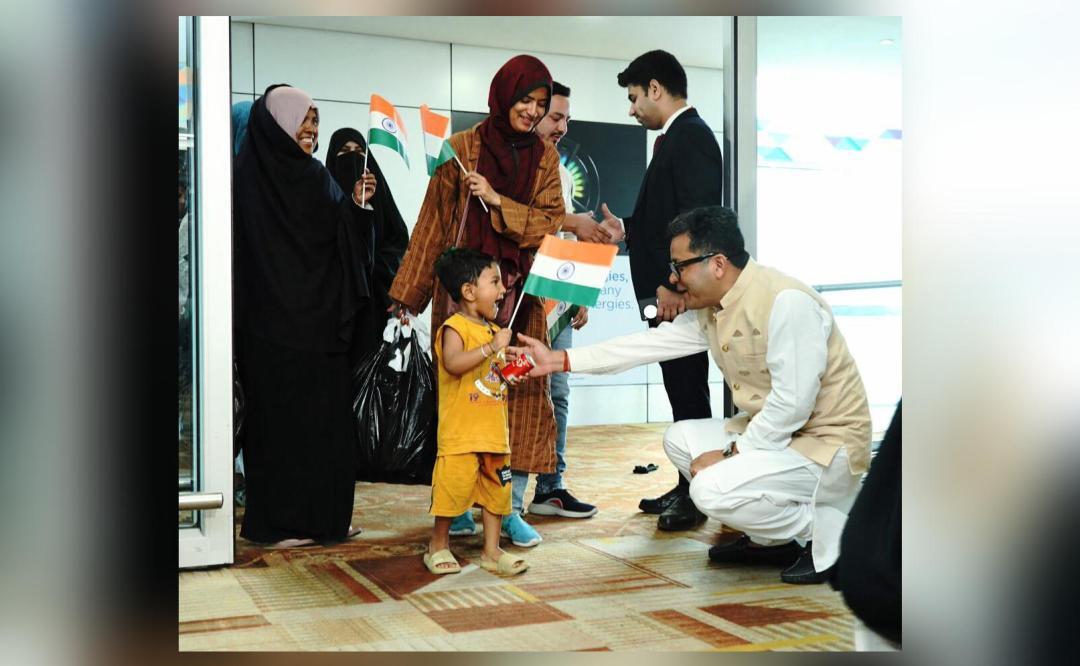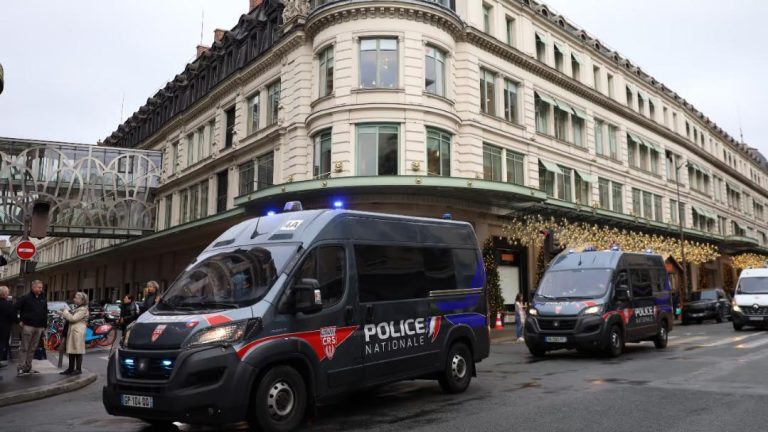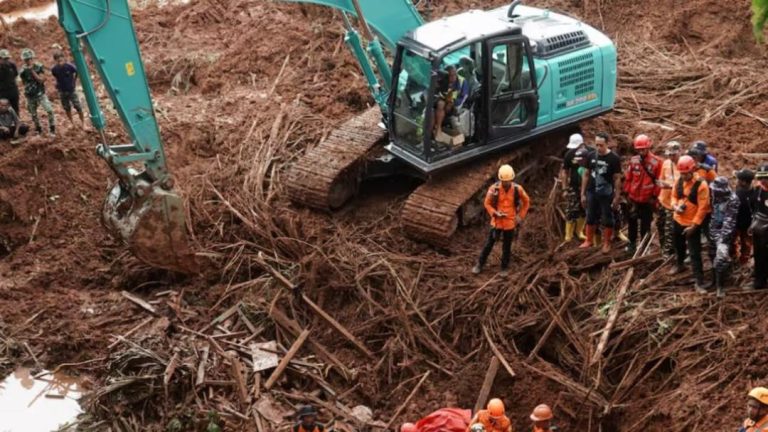
Indian Govt Evacuates Indian, Sri Lankan & Nepalese Nationals from Iran
In a significant move to ensure the safety and security of its citizens, the Indian government has successfully evacuated 281 Indian, 3 Sri Lankan, and 2 Nepalese nationals from war-hit Iran. The evacuation operation, carried out under the banner of “Operation Sindhu”, is a testament to the government’s commitment to protecting its citizens abroad.
According to a statement made by MEA spokesperson Randhir Jaiswal, the evacuees arrived in New Delhi on a special flight from Mashhad, a city in Iran, at 1500 hrs on June 24. This marks the latest in a series of evacuation operations conducted by the Indian government to bring back its nationals from Iran.
So far, a total of 2576 Indian nationals have been evacuated from Iran under Operation Sindhu. The government’s efforts to evacuate its citizens from the crisis-hit country have been ongoing for some time now, with the first batch of evacuees being brought back in February this year.
The decision to evacuate Indian nationals from Iran was taken in the wake of the ongoing conflict between the Iranian government and the Islamic State (ISIS) militants. The conflict has resulted in widespread destruction and chaos in the country, leaving many people displaced and in need of assistance.
The Indian government’s efforts to evacuate its citizens from Iran have been widely praised by the international community. The move is seen as a demonstration of India’s commitment to protecting its citizens abroad and upholding its responsibilities as a responsible member of the global community.
The evacuees, who were stranded in Iran, were brought back to India on a special flight arranged by the Indian government. The flight, which was operated by a commercial airline, took off from Mashhad and landed at the Indira Gandhi International Airport in New Delhi.
The Indian government has been working closely with the Iranian authorities to ensure the safe evacuation of its nationals from the country. The government has also been providing assistance to the evacuees, including food, clothing, and medical care, to help them adjust to their new surroundings.
The evacuation operation was carried out in a highly coordinated manner, with the Indian embassy in Tehran playing a key role in facilitating the process. The embassy worked closely with the Iranian authorities to ensure the safe passage of the evacuees and to address any concerns or issues that may have arisen during the evacuation process.
The Indian government’s efforts to evacuate its nationals from Iran are a reflection of its commitment to protecting its citizens abroad. The government has a long history of evacuating its nationals from crisis-hit areas around the world, and its efforts in Iran are just the latest example of this commitment.
In conclusion, the Indian government’s evacuation of Indian, Sri Lankan, and Nepalese nationals from Iran is a significant achievement that highlights its commitment to protecting its citizens abroad. The operation, which was carried out under the banner of “Operation Sindhu”, is a testament to the government’s ability to respond effectively to crisis situations and ensure the safety and security of its nationals.






